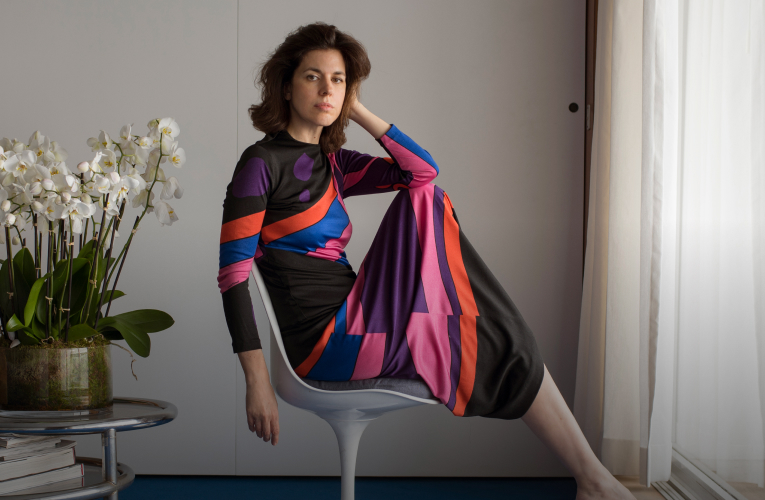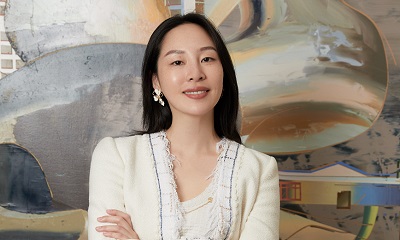
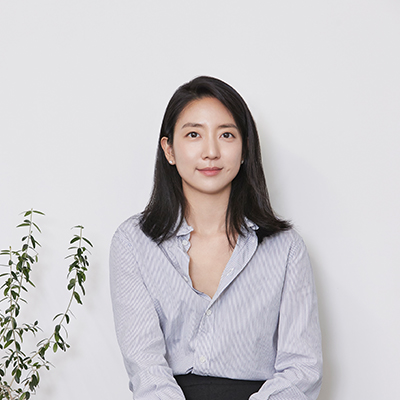
-
-
- 메일 공유
-
https://stories.amorepacific.com/en/creators-of-beauty-%e2%91%a8-choo-sungah-the-curator-who-questions-pens-and-ponders
Creators of Beauty ⑨ Choo Sungah, The Curator Who Questions, Pens, and Ponders

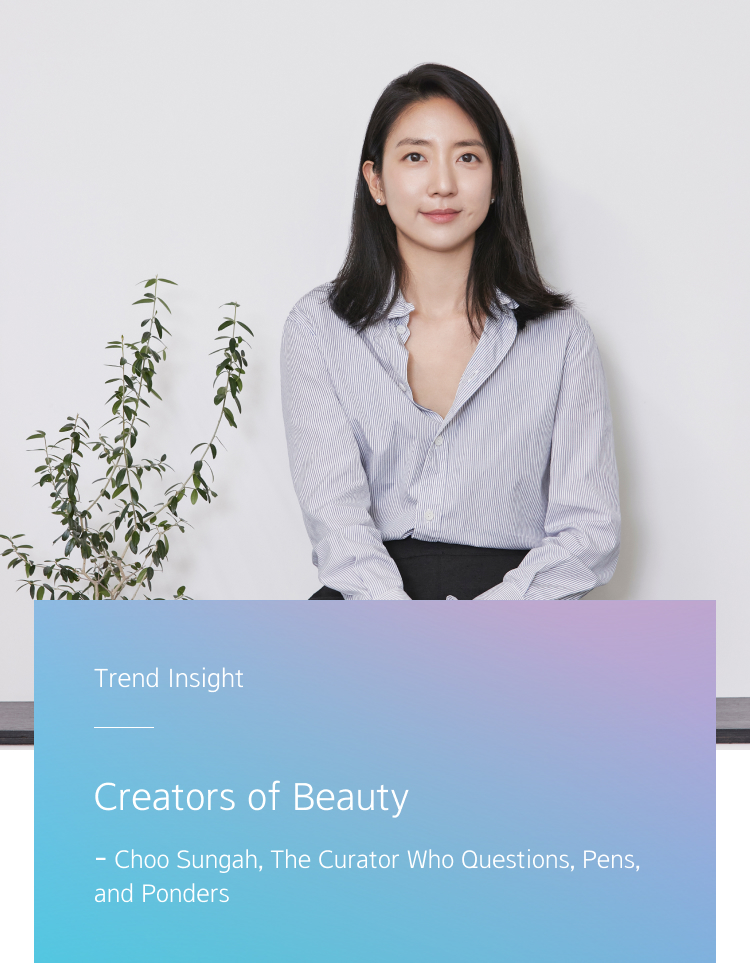
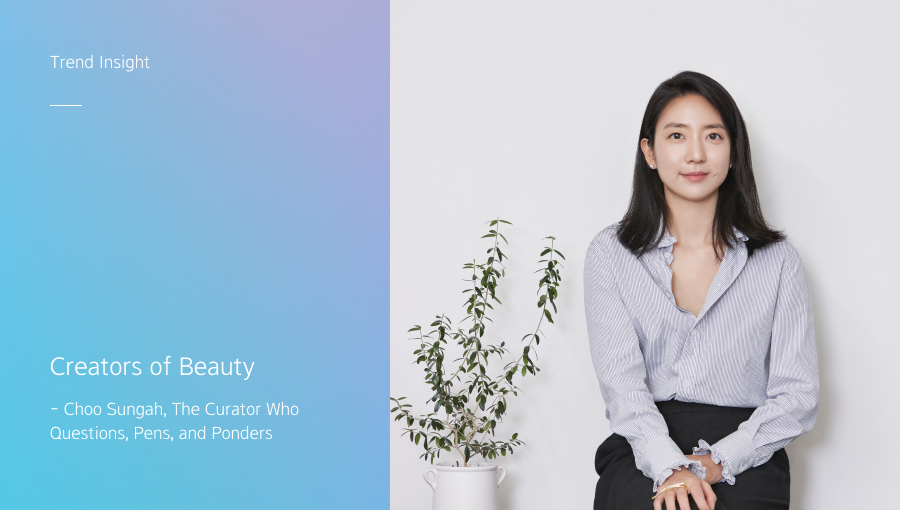
Our ninth interviewee is Choo Sungah, the curator of the Leeum Museum of Art and the collaborative visionary behind the forthcoming second edition of Frieze Seoul's Frieze Film Program.

 Ms. Choo elegantly strikes a pose before Amorestory's lens.
Ms. Choo elegantly strikes a pose before Amorestory's lens.
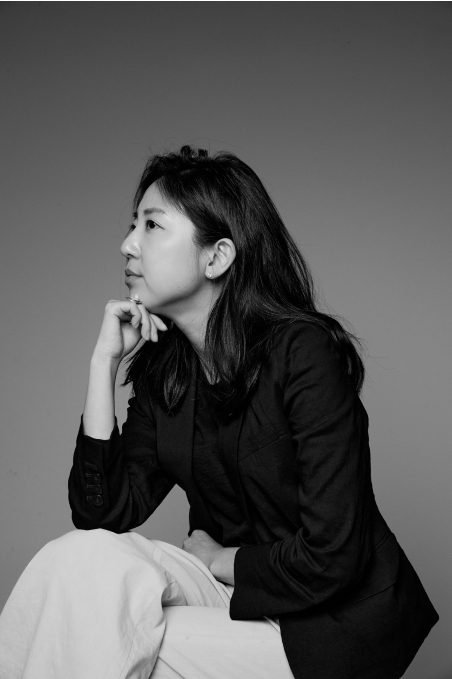 Curator Choo Sungah is an indomitable force in the domestic art scene.
Curator Choo Sungah is an indomitable force in the domestic art scene.
Q. Can you elucidate upon your journey as a curator?
Q. Your tenure as an independent curator before your affiliation with the Leeum Museum is notably commendable.

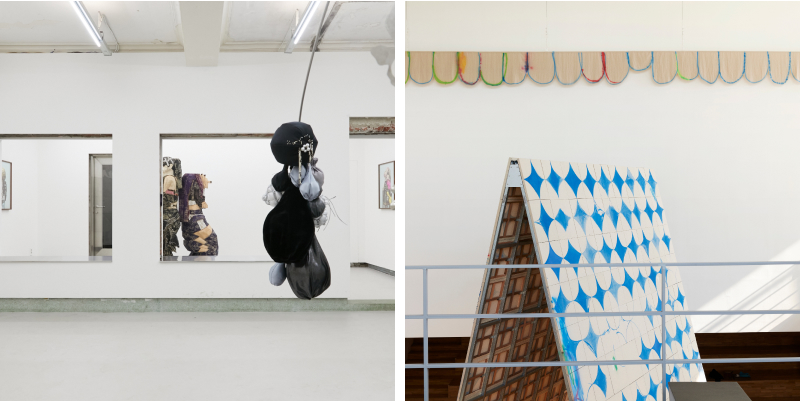 (From the top left, moving clockwise)
(From the top left, moving clockwise) Prime Monument - Exhibition Image, 2021, N/A, Photographer: Kyungtae Kim
Snark: Things that Vanish the Moment They're Grasped - Exhibition Image, 2020, Gallery 2, Photographer: Junyong Cho
Ziggy Stardust - Exhibition Image, 2022, N/A, Photographer: N/A
Baek Hyunjin: Public Concealment - Exhibition Image, 2021, Royal X, Photographer: Heeseung Jung
Q: The value of curating and the importance of the curator's role have never been higher. What do you understand curating to be, and how do you perceive the role of a curator?
Q: As a curator, there's an expectation to have both ‘broad’ and ‘deep’ knowledge in your field. How do you cultivate your expertise in art?
Q: You've collaborated on creating the platform ‘BGA (Background Artworks),’ offering editorial content penned by literary critics, poets, and specialized writers. What potency does text hold in articulating the value of an artwork?
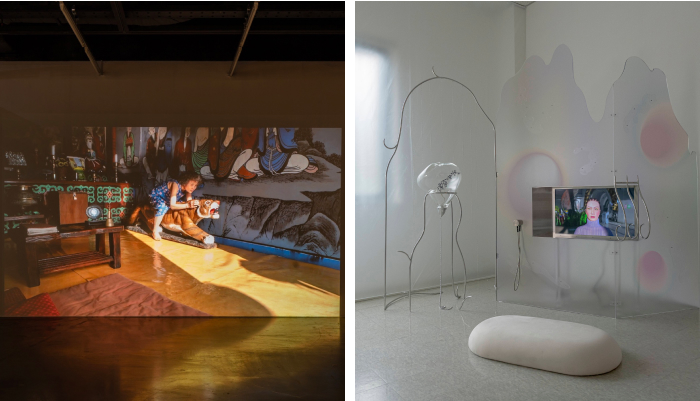 Left: Hong un-Sook, Near Seokgwangsa, 2021, Courtesy of the artist
Left: Hong un-Sook, Near Seokgwangsa, 2021, Courtesy of the artist Right: Omyo Cho, Barrel Eye, 2022, Courtesy of the artist
Q: This year, you've curated the Frieze Film Program, “It was the way of walking through narrative.”
Q: Compared with the inaugural Frieze Seoul of the previous year, what would you pinpoint as this year's salient attractions?
Q: Amorepacific, based on the collection of founder Suh Sung-whan, inaugurated the Pacific Museum in 1979. Since 2009, it has been rebranded as the Amorepacific Museum of Art (APMA), encompassing traditional and contemporary art through exhibitions, research, and publications. What are your thoughts on Amorepacific's trajectory in the art world?
Q: How would you articulate your interpretation of beauty?
Q: Could you elucidate the interplay between art and beauty?
Q: Are there individuals or experiences that have notably galvanized your pursuit of beauty?
 (Left) A rehearsal image of Jaewon Kang's “Exo_5” from “The Prequel,” 2022, Platform L.
(Left) A rehearsal image of Jaewon Kang's “Exo_5” from “The Prequel,” 2022, Platform L. (Right) A performance image of Seunghye Hong's “Moonlight” from “The Prequel,” 2022, Platform L.
Q: In an era where societal values of beauty evolve, Amorepacific aspires to champion “New Beauty.” What aspirations do you harbor for Amorepacific, and which roles do you envisage it undertaking?
Q: Have there been personal episodes in your life intertwined with Amorepacific?
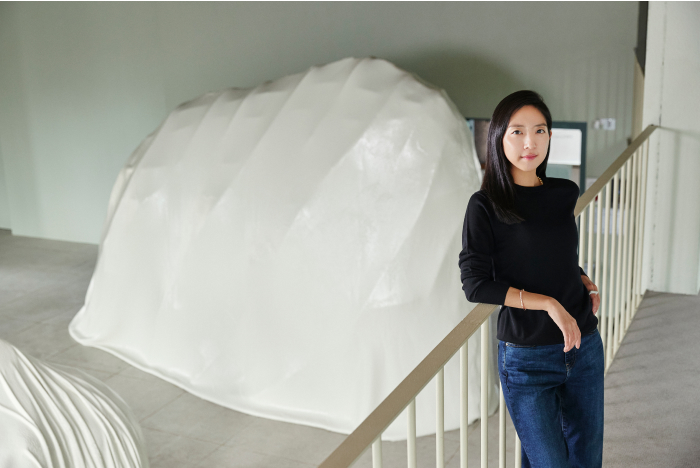 Kim Juri Solo Exhibition “0 Pillars,” 2022, TINC. Photographer: Chaeyoung Shin
Kim Juri Solo Exhibition “0 Pillars,” 2022, TINC. Photographer: Chaeyoung Shin
Q: To conclude, could you shed light on your imminent objectives and aspirations?
Editor Ahn Dong-sun, Lee Jung-mi
Planning Communications Team, Amorepacific
*The interview, visual content, and manuscript are all copyrighted by Amorestory.
-
Like
3 -
Recommend
1 -
Thumbs up
0 -
Supporting
1 -
Want follow-up article
0



